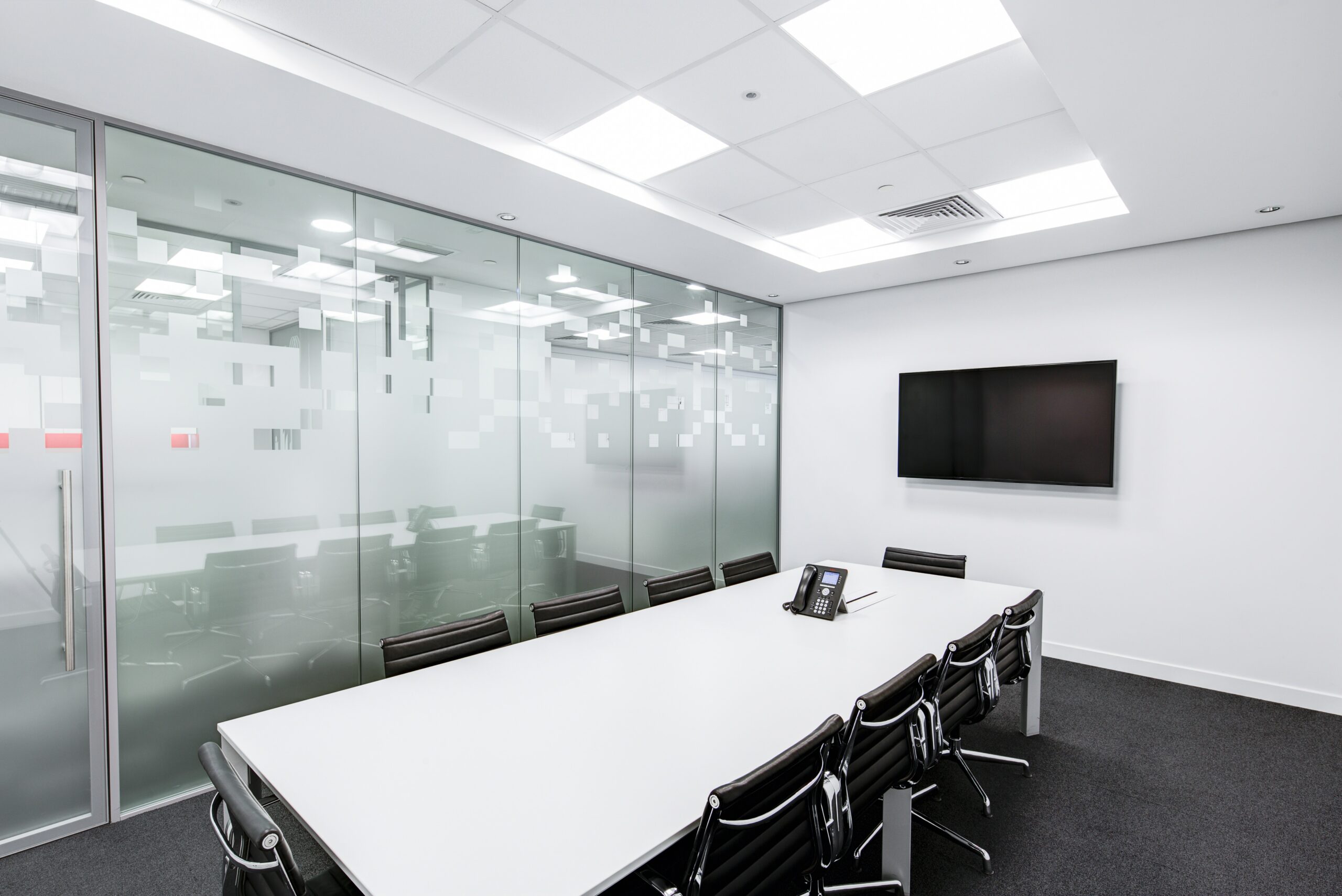Cushman & Wakefield today released a comprehensive study titled Office of the Future Revisited. The study reports on employees’ thoughts on returning to work; the need for flexible office workspaces; and increased demand for space in office-using industries.
“There are two statistics that jump off the page in this report,” said David Smith, global head of Occupier Insights at Cushman & Wakefield. “First, 60% of workers prefer a hybrid working arrangement, and the majority of companies that have made decisions are currently planning on hybrid, agile work environments. More will go in this direction as leases expire; the hybrid movement has just begun.
Second, despite the work-from-home rhetoric, market data shows office leasing volume globally is surging back, up nearly 40% on a 12-month trailing basis compared to a year ago. To a degree, the hybrid solution is galvanizing the corporate need for office space as the workplace gets reimagined.”
The report also showcases other trends, including industries and geographic areas that have been experiencing growth. Overall, post-pandemic job growth has fared better in industry sectors with jobs that tend to be office-based compared to other sectors of the economy such as tech and finance. The companies that thrive will be the ones that provide employees the choice of where to work, the report finds. That could require businesses to walk a fine line — while many want to have a remote-work option,
“employees need the office to support their desire to learn, make meaningful cultural connections to their organizations, and to engage more deeply with colleagues,” the report notes. Many employees rate in-office experiences higher than remote work, and the workers who have the most meaningful experiences are the ones who come into the office multiple days a week. Specifically, Millennial and Gen Z workers are more likely than other workers to have a positive employee experience when they frequent the office three to four days a week, the survey found.
“To compete for talent in an environment largely featuring labor shortages, corporate leaders will need to create office environments that inspire employees and draw them in,” said Despina Katsikakis, global head of Occupier Business Performance. “Creating a comfortable workspace that attracts and engages will have to blend home and office environments. Companies should account for physical space, technology, the workplace experience, human and automated interactions, change management and communication strategies, and integrated delivery across the workforce in various locations — in-office, at home and at flexible office locations.”
The purpose of offices is evolving as well as in-demand employees and hybrid work shape the future of workplaces. A survey of real estate executives conducted by Cushman & Wakefield in collaboration with CoreNet Global found 70% of respondents identified the office as the center of creativity and innovation and the best place to build company culture.
Click here to download the full report









